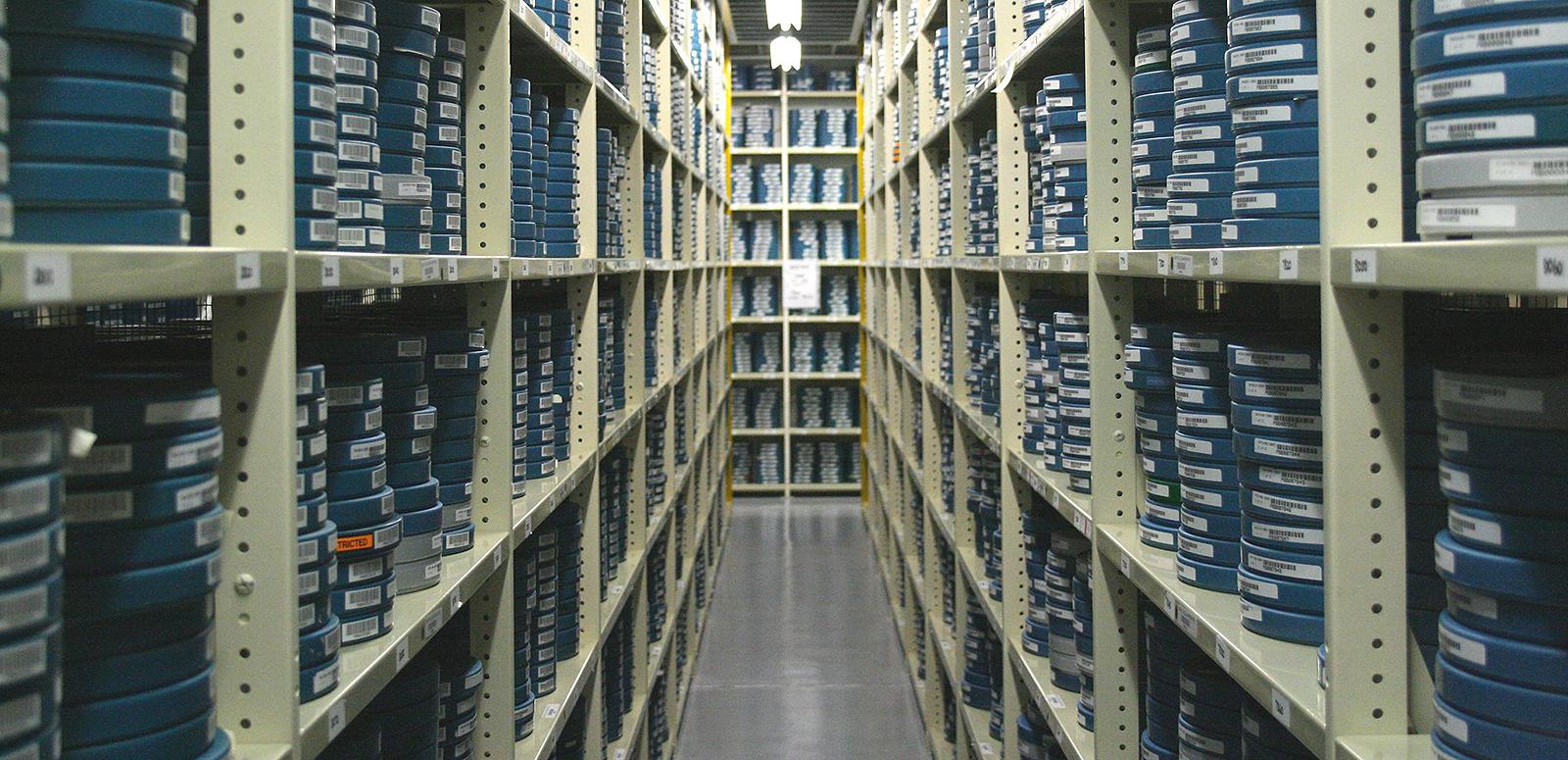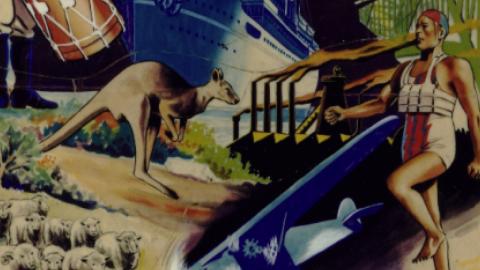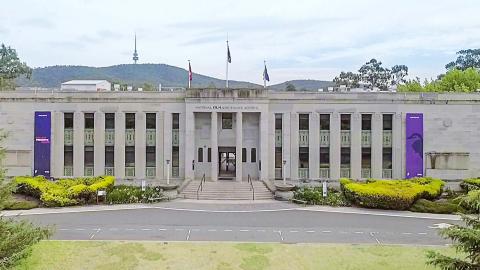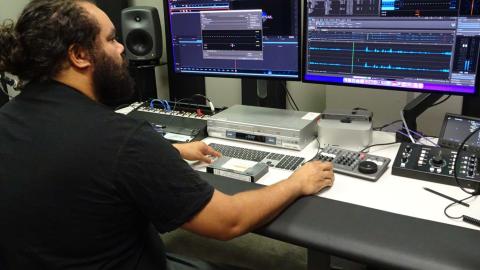Guest First Nations writer Nathan Sentance offers suggestions about how historical collecting institutions can provide access to racist collection material without causing harm.
WARNING: Aboriginal and Torres Strait Islander viewers are advised that this page contains images and/or audio of deceased persons.




